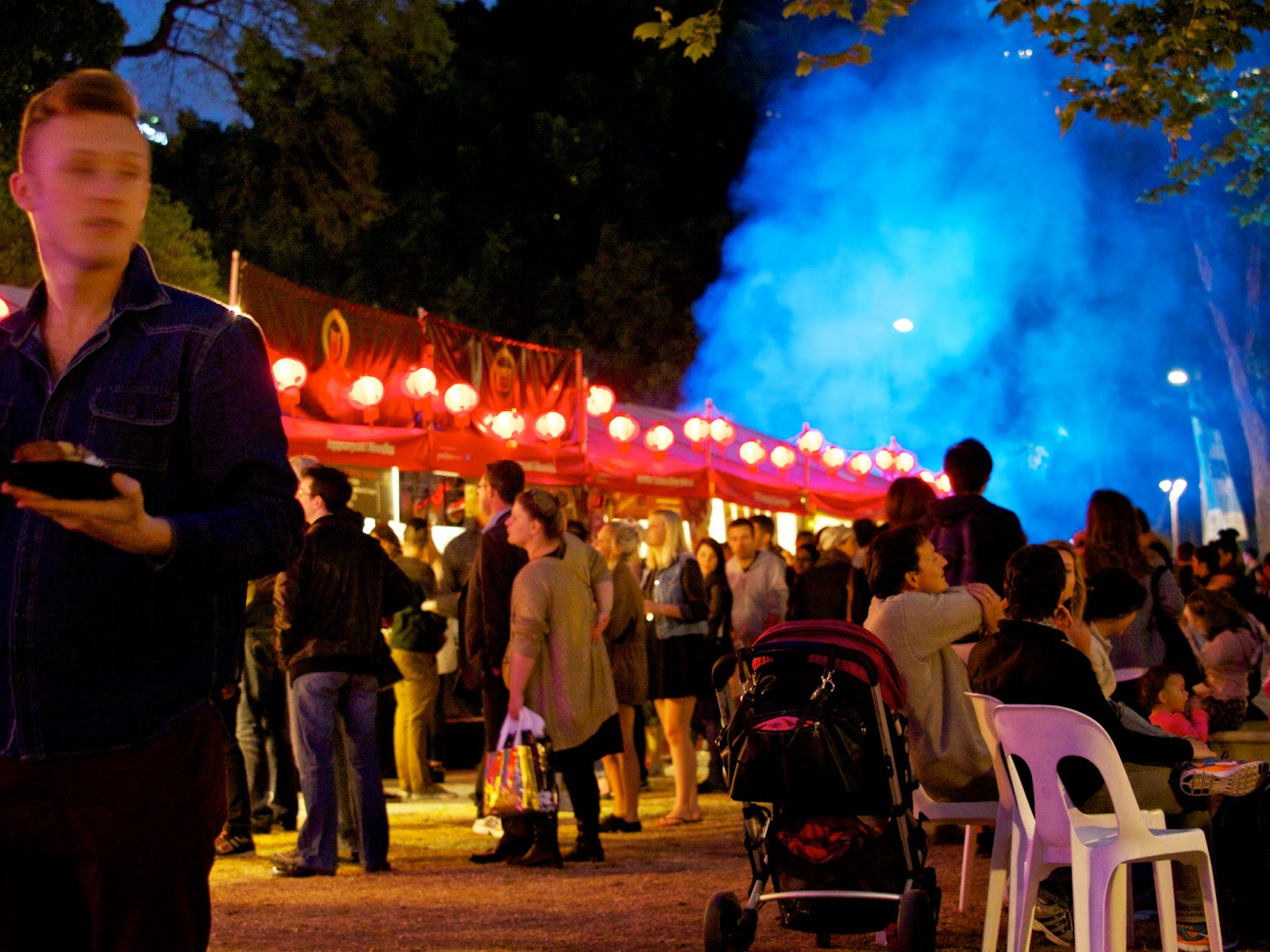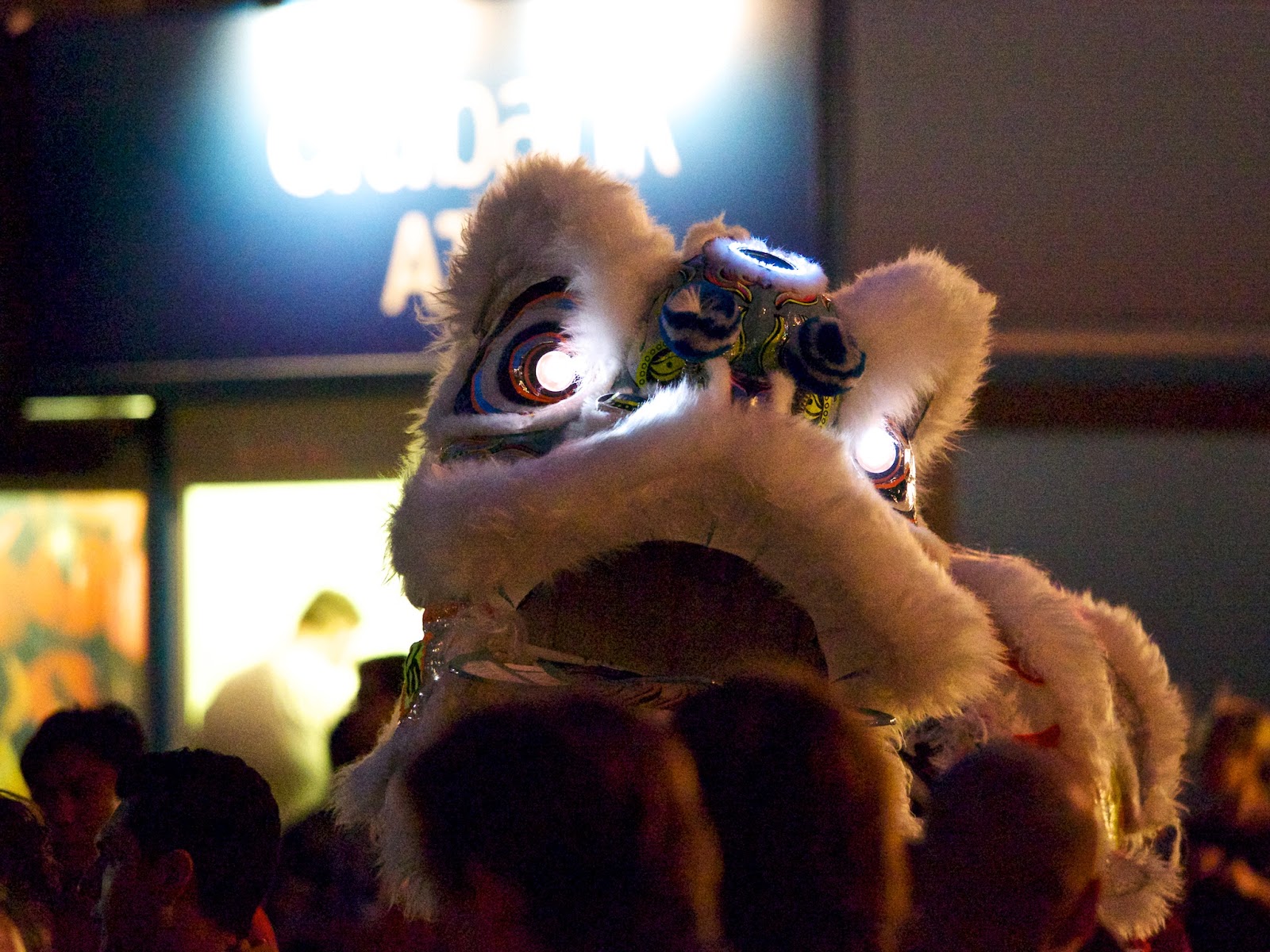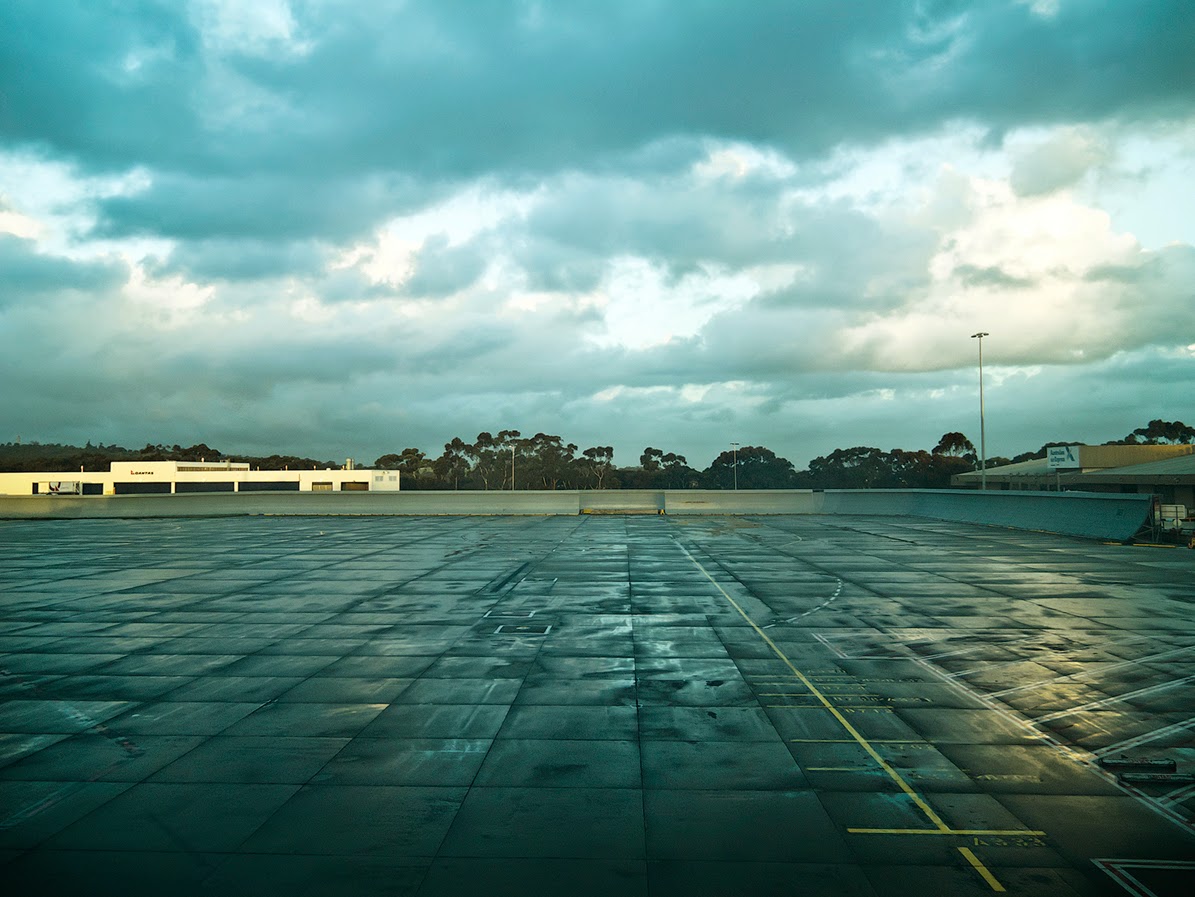by Daniel Smith
I chatted with James Murphy, Newcastle based photographer and educator about his photographic practice and iPhoneography.
Daniel: Hi James. Can you tell me a little bit about your photographic practice? How did you get started in photography?
James: Hi Daniel. I got started in photography with a Yashica twin lens medium format camera my father owned when I was a teenager. At one point I set up a darkroom in my parents bathroom when they were away on holidays and spent the week developing film and printing photos in the shower recess. I later went to many different TAFE hobby classes and became more and more enticed by the black and white image. After attending many TAFE courses I enrolled in a Bachelors Degree in Fine Arts and continued my education in Photography and the Visual Arts.
Daniel: What is your camera of choice?
James: Since the beginning of the year I shoot with a
Nikon df, and have just bought a new set of prime lenses 24mm, 50mm and and 85mm to work with and replaced the set of zoom lenses I have used for many years. I also have been carrying a Canon compact with me for a long while, mostly for portability but that is being left home more often now in favour of the Nikon. I’ve always been a Nikon user from the early days.
Daniel: I was quite taken by your iPhone images. Can you tell us how that fits into your overall practice? Is it the fact that you always have the phone on you that attracts you or is there something in the aesthetics of the iPhone images or processing options?
James: Thanks Daniel. The phone camera and Instagram are great because they get the images out there really quickly and I get just as quick a response from those who view the shots. It’s not that the phone is there all the time because I usually have to juggle the phone with the digital camera I am always carrying. The square format is interesting to use as a compositional tool or to crop to from a full frame shot. It’s just really good practice I think, particularly with composition. Sometimes I just crop and re-crop up to a dozen times until the image feels right to me. Using the phone camera as a regular imaging tool is again a way of experimenting for me, a way I can try new things. Every camera you use I think gives you a different take on your imaging.
Daniel: Can you tell me a little about your decision to upload your Instagram images in groups of three. What you see when viewing your feed is a series of triptychs that tie together visually like a mini-exhibition. How does this effect your style of shooting? Do one off images miss out or do you need to find companion pieces for them?
James: At Art school we were always encouraged to work in series. If you delve back into my Instagram feed you will find the point when I started working with triptychs. Prior to that it was just individual images and me getting a handle on what I wanted to do with this new (to me) medium. I enjoy the challenge of working with a series, of what to include and what to leave out. That if there are only two that work then the whole set doesn’t work and will be left on the shelf. I will shoot a one off image of something happening that I’d like to remember but otherwise if I’m shooting I’m always aiming for a set of three and I either get what I want or recognise that it’s not working and move on to something else.
Daniel: Can you tell me about a few of the different projects that you have been working on. [e.g. Habitat, Two Chairs, The Distracted Sky, After the Fire, or others of your choice]
James: Photography for me, has always been documentary in nature. Whether of the inner or the outer landscape, or more usually both. After the Fire, exhibited earlier this year, was prompted by the fires that swept by the town where my family and I live. The fire came within 30 metres of our home and we were all evacuated and spent a terrifying 36 hrs not knowing what was happening in the town. The devastation caused by the fire brought about an emotional response from me as I wandered the burnt bushland in the months following the fire. The images were created as I walked everyday through the blackened landscape.

Two Chairs speaks to the idea of companionship and growing old together within a relationship. There is a photo I have of my parents both leaning forward and resting on the kitchen bench looking out through the back window. Both comfortable in their silence yet completely in touch with each other. This snapshot inspired this series as I started to notice the special places people reserve as a place to sit quietly in the company of a loved one.
The most recent series is one from a group exhibition called Transit Town. The series was guided by the notion of retaining the feeling of a moment now held only in the wash of memory. The images depict fictional travellers and moments that stick, moments based in the fact of a situation but often viewed through a fictionalised filter in their minds eye.
Daniel: You teach photography. What is the most important thing that you try to instil in photographic students? [or multiple things]
James: There are so many things to know especially with digital post production. Mostly though it’s about knowing what you’re after when you pick up the camera and recognising whether you have it or not in the view finder and then later when you’re editing the image.
Daniel: What pointers do you have for people starting out in photography?
James: Bury yourself in images. Just look at all the photographers you can. Work out what you like and what you don’t. Try everything until you work yourself out and know what you want to do with your images. In terms of technical, I read a lot and I have some authors that I feel simpatico with and I trust what they are saying in terms of editing images etc. Find an author who speaks to you and follow their advice on what’s what.
Daniel: Do you have any practical tips for getting the most out of shooting on the iPhone? [low light tips, good accessories, how to steady shots etc]
James: There are no accessories I use with my iPhone, though I bought a set of lenses for one of my kids last xmas. She is a pretty keen photographer and also enjoys the ease of use she gets from the phone and phone apps. I don’t like to shoot through apps as much as the phone camera though I do occasionally use Toon Camera to grab a shot. The only tip is to keep shooting until you get the shot right.
Daniel: How much post production is involved with each iPhone image and what apps do you use?
James: It usually goes quickly but there are times when I work across 2 or 3 different apps back and forth. Snapseed is almost always my first choice for editing and often the only app I use. The difficulty for me sometimes is remembering the values I use across three different images. Consistency is usually important so I’ll often write done the values - contrast, ambience, structure etc., so all three images come out with the same look.
InstaBlender, Toon Camera are pulled in some times and I’ll sometimes use Decim8 to redo a set of in a new way. This happens if I haven’t shot much and I want to post a set. I’ll review some old images and drag them into Decim8 and wait to see what comes out the other end. It’s pretty wild sometimes and I like the unexpected aspect of this.
More work by James can be seen on his website, Instagram and his blog.
Images copyright James Murphy © 2014













































































